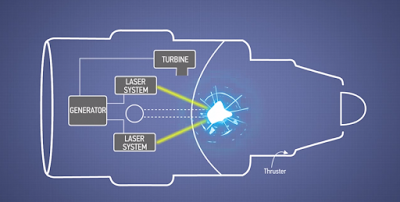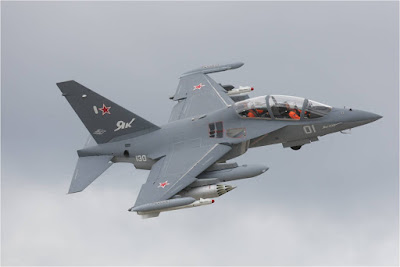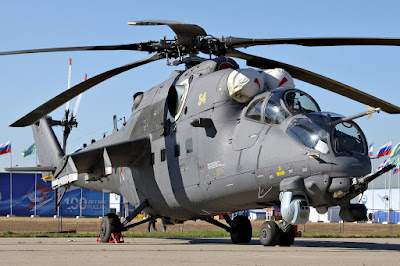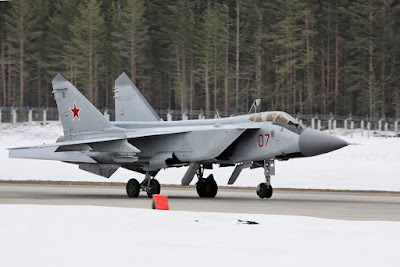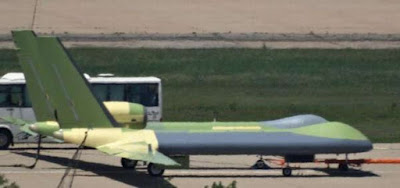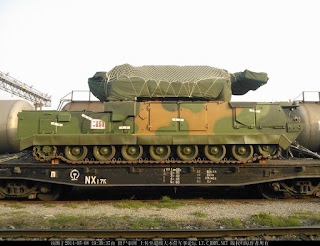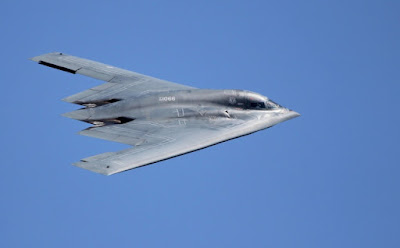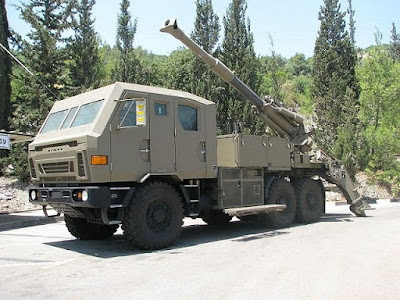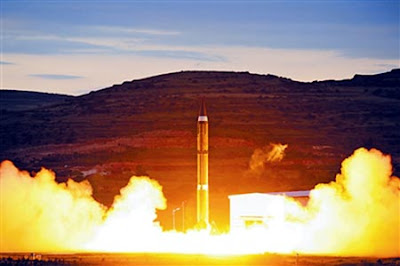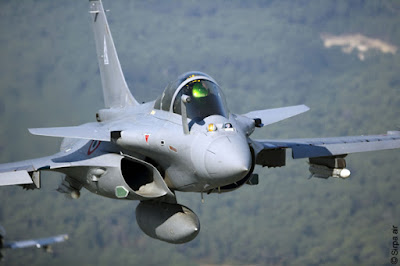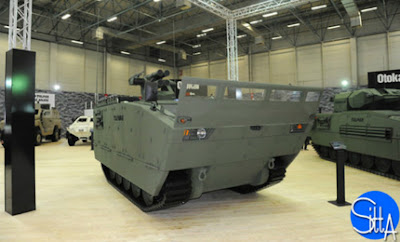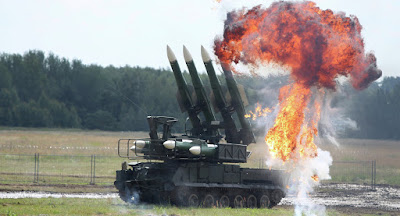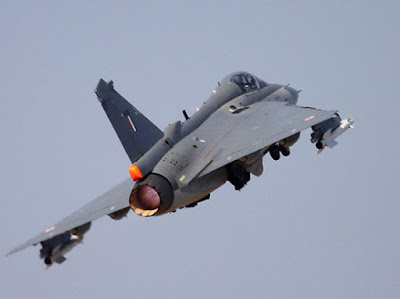The China-made J-10 multi-role fighter jet is a suitable choice for Iran if the Middle East power decides to upgrade its aging military aircraft fleet, Chinese aviation experts said.
"Once the sanctions against Iran are completely lifted, the country will definitely renovate its civilian and military aircraft fleets. The J-10 is a good option for the Iranians because it can fulfill all operations they want to conduct," said Wang Ya'nan, deputy editor-in-chief of Aerospace Knowledge magazine.
"In addition to air combat, our J-10 is also capable of performing air-to-surface strikes and anti-ship operations," he added. "Moreover, the Iranians must have known that China, among other major weapon exporters, is the most reliable supplier when it comes to arms deals. China is also very flexible in payment issues."
Furthermore, with the development of China's next-generation fighter jet progressing well, it is highly possible that the Chinese aviation industry will transfer technologies used on the J-10 to buyers, Wang said.
Wang's remarks came after two weeks of widespread speculation in foreign media that China and Iran are discussing a deal for 150 J-10 fighter jets.
 |
| J-10 A |
The speculation began on July 30, as the Israeli military intelligence website DEBKA file quoted unidentified military and intelligence sources as reporting that "Beijing has agreed to sell (Teheran) 150 of these sophisticated jets."
The J-10 is a third-generation, multi-role fighter aircraft designed and produced by Aviation Industry Corp of China. Military experts regard it as one of the most advanced fighter jets in the world and consider it comparable to the latest version of the United States' F-16 Fighting Falcon.
The first-generation version of the J-10, the J-10A, entered service with the People'sLiberation Army air force in 2004. In 2009, the plane was declassified. By February last year, the PLA air force and the PLA navy's aviation units had at least 260 J-10As, according to British think tank International Institute for Strategic Studies.
China has also developed an upgraded version of the aircraft, the J-10B, delivery of which has begun to the PLA air force, Chinese media reported.
In September 2013, Ma Zhiping, former general manager of China National Aero-Technology Import and Export Corp, the trade wing of Aviation Industry Corp of China, said several countries in Asia, Africa and South America had expressed interest in the J-10and that his company was expecting a huge market for the plane.




